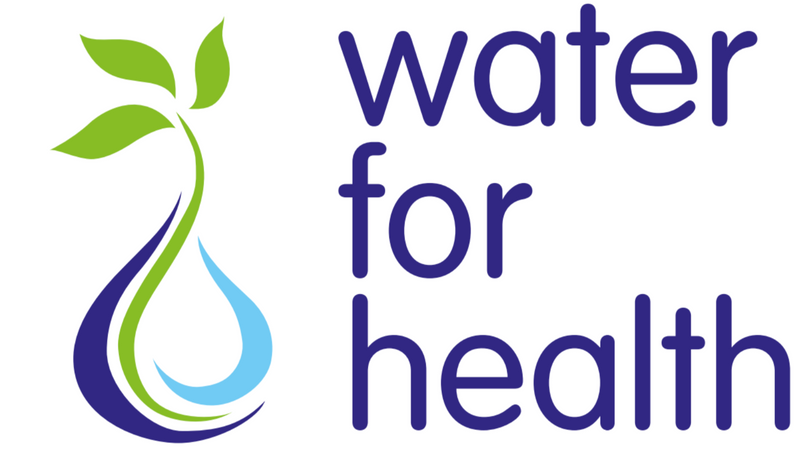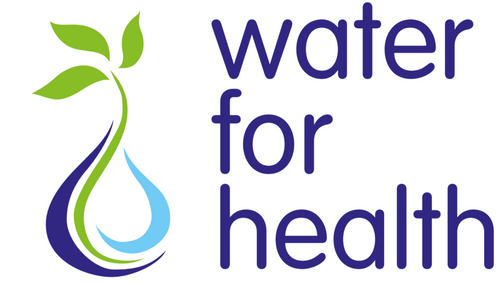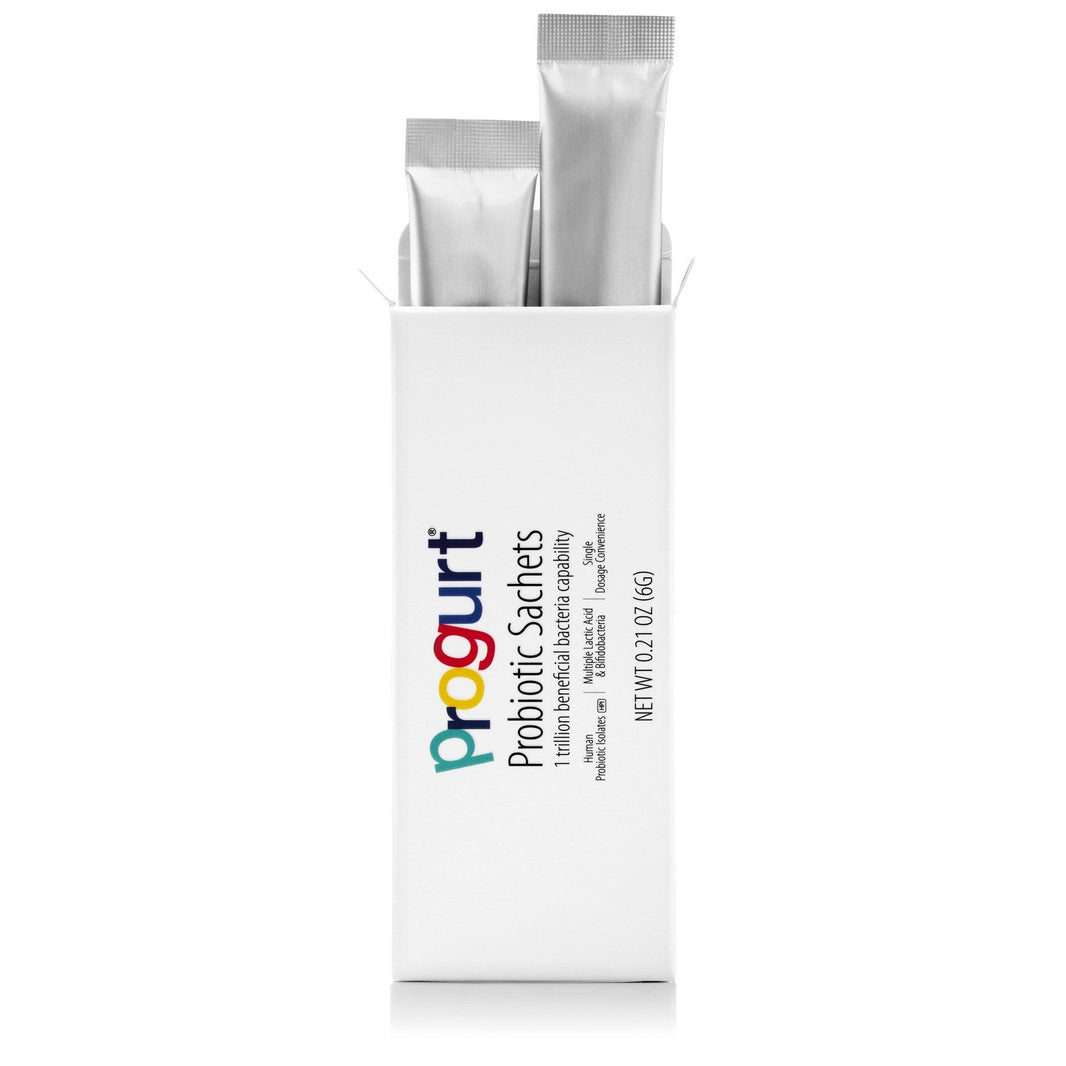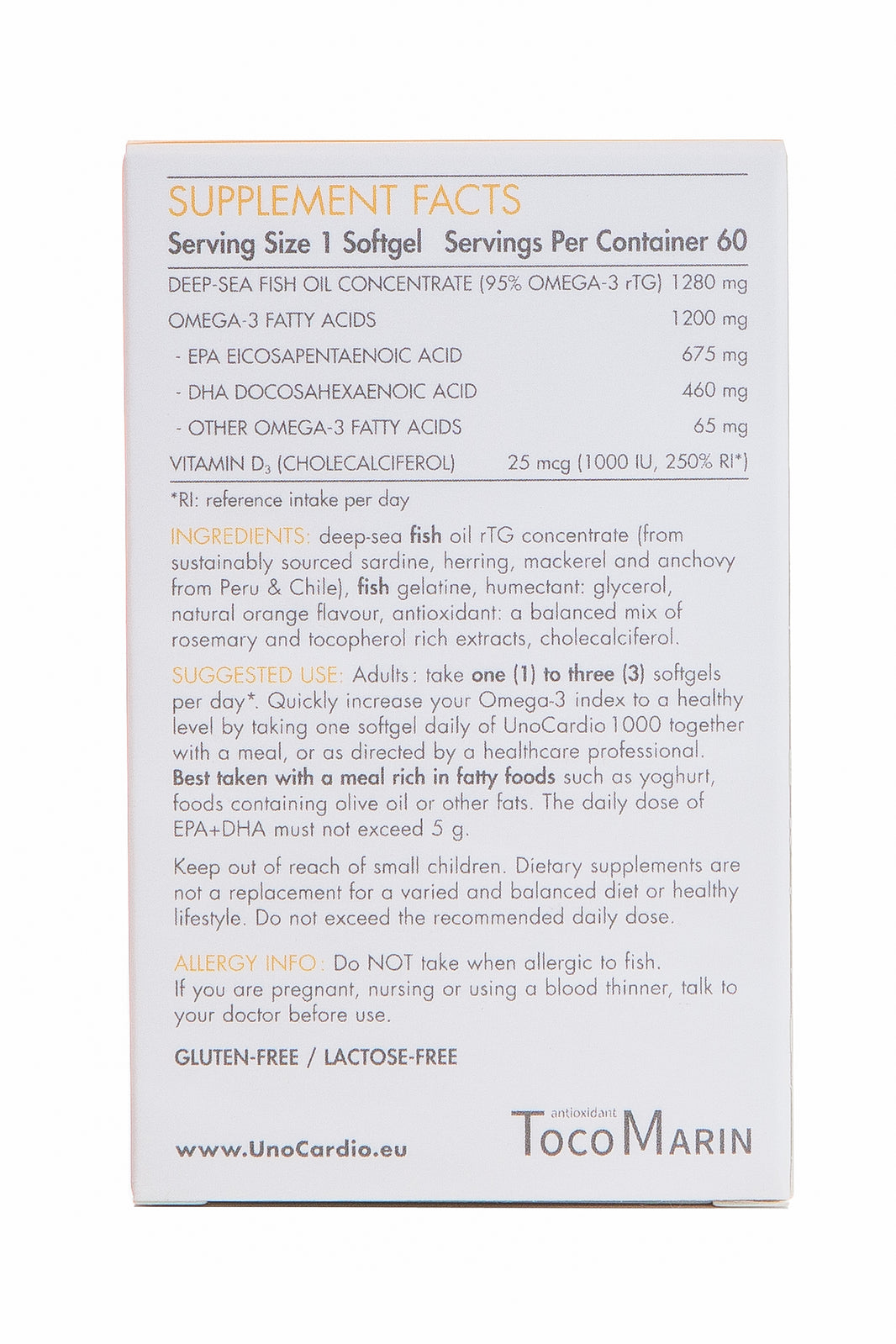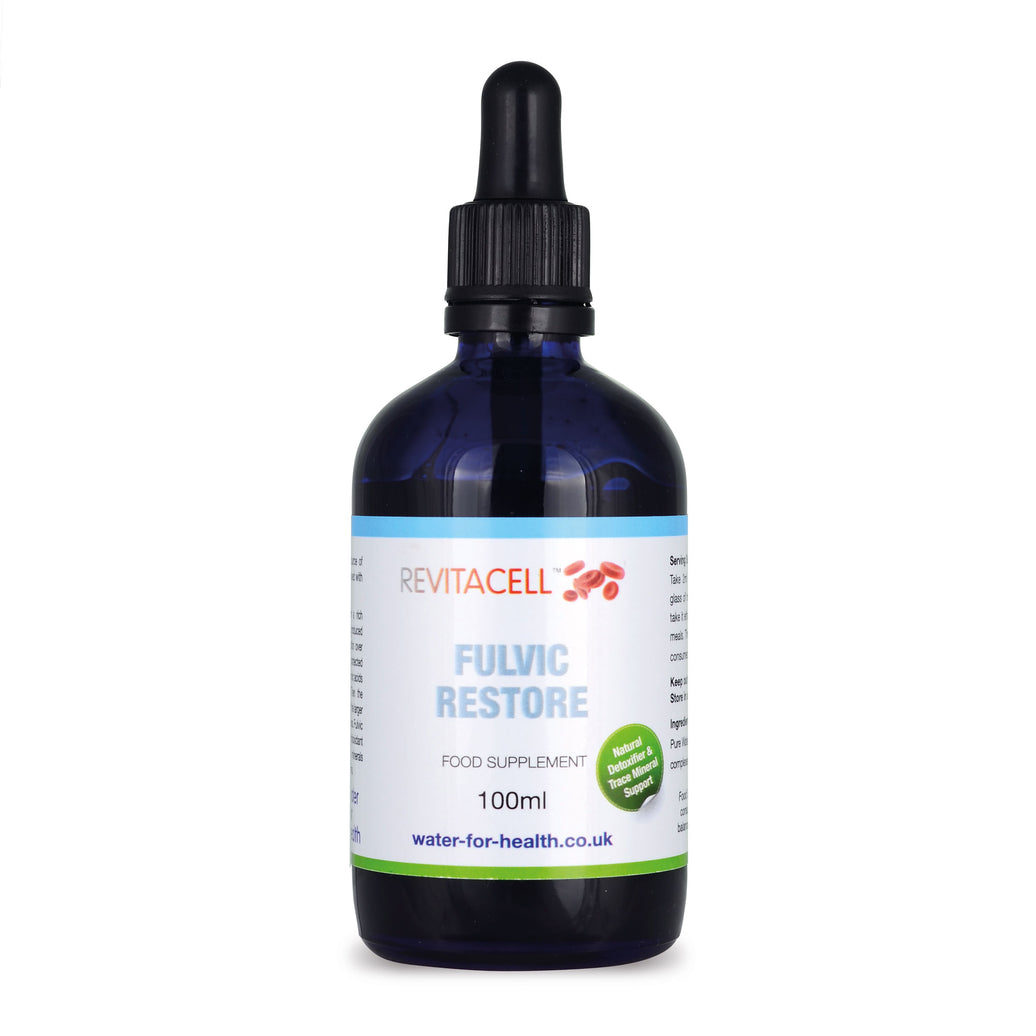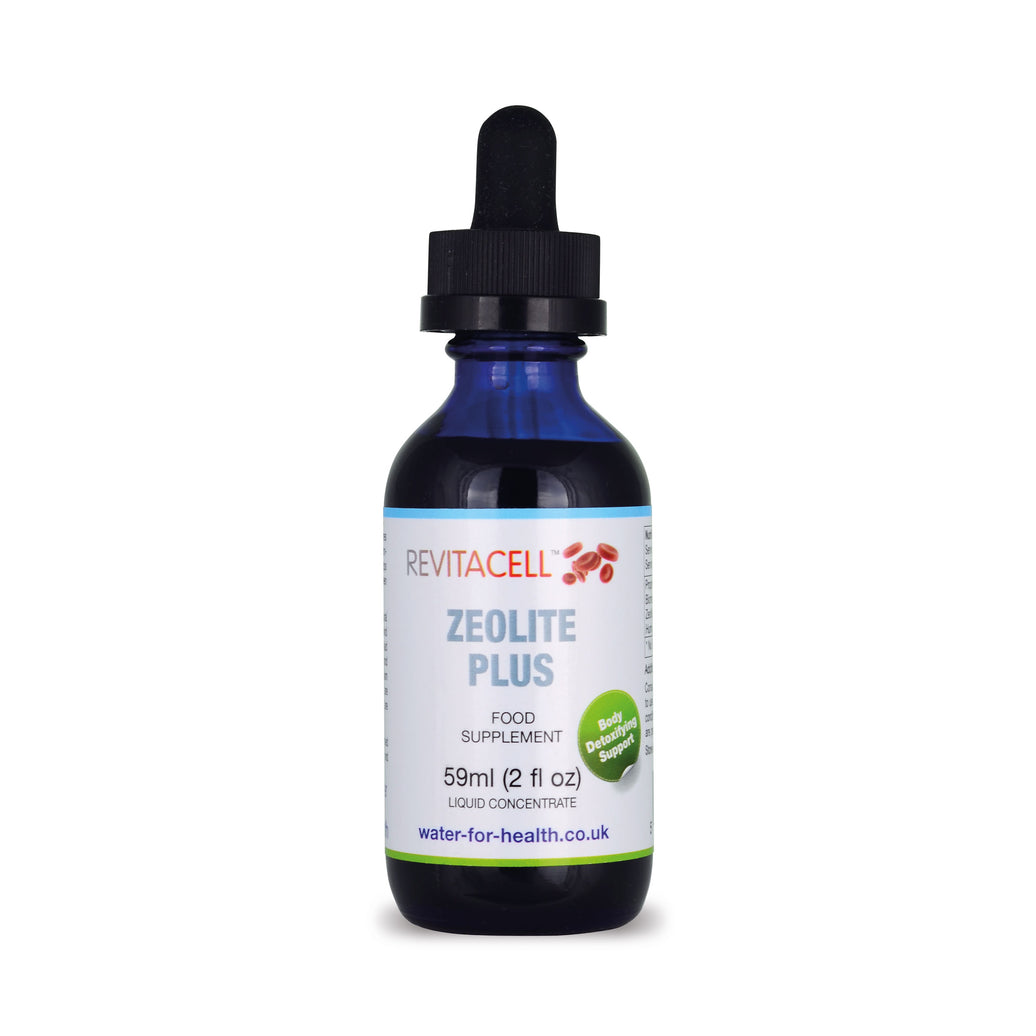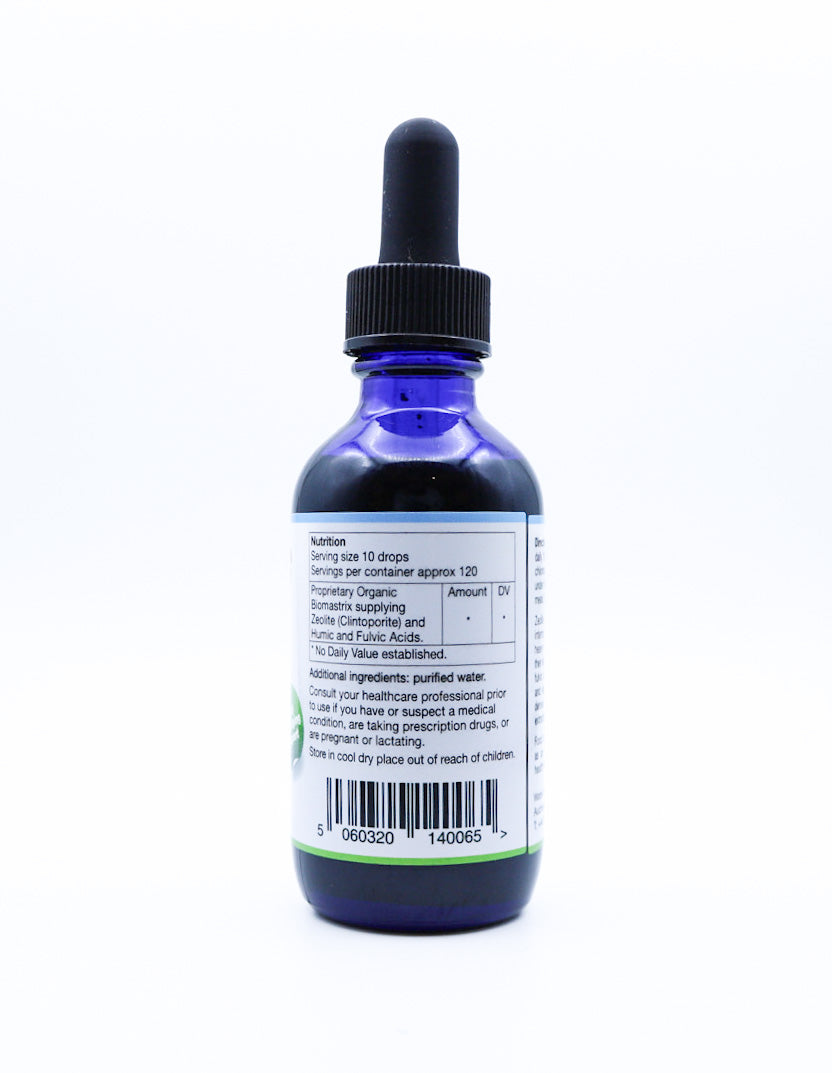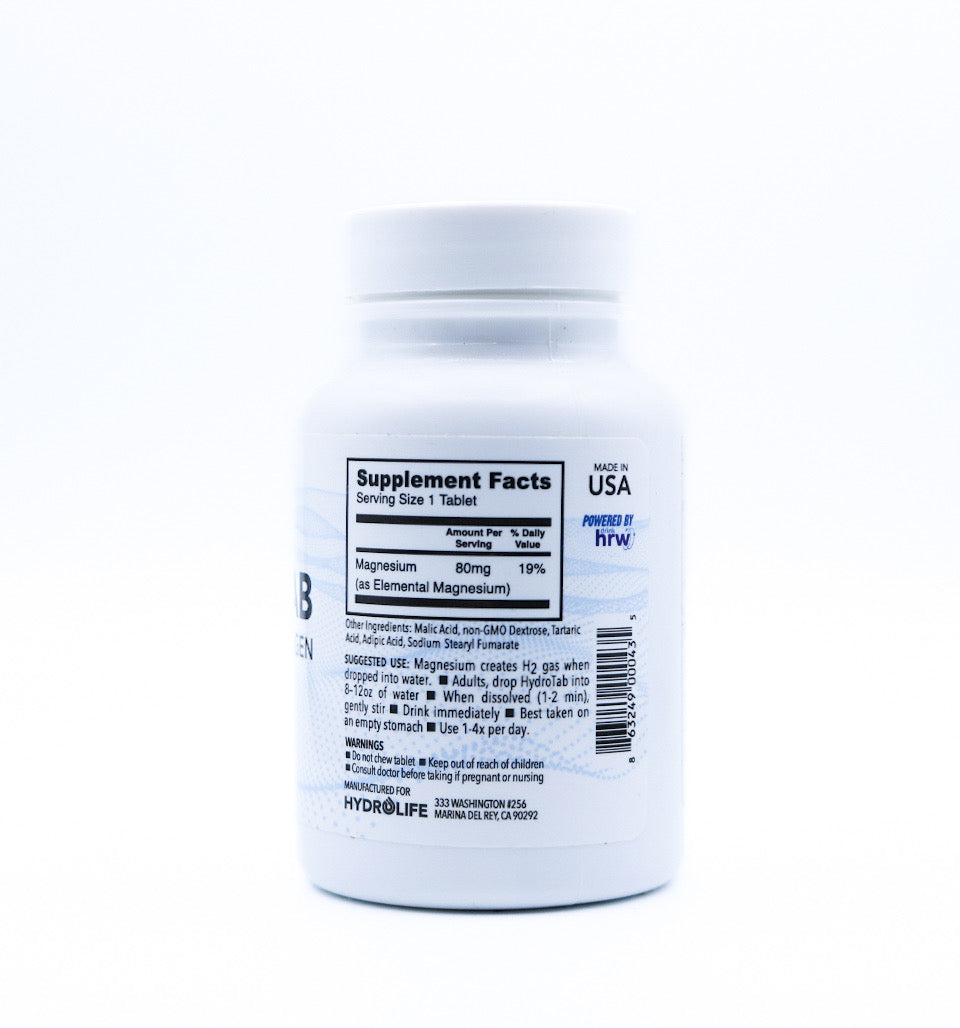The tobacco industry has a long and troubling history of manipulating science and policy to downplay the dangers of smoking. Recent leaked documents from Philip Morris International (PMI) have provided a troubling glimpse into their ongoing strategies to influence public perception and legislation regarding heated tobacco products. This blog aims to unpack the implications of these revelations, examine the tactics employed by big tobacco companies, and assess the emerging risks associated with heated tobacco and vaping.
The Significance of the Leaked Documents
In recent months, leaked internal documents from Philip Morris have surfaced (1), shedding light on the company's behind-the-scenes efforts to sway public opinion and regulatory frameworks in favour of heated tobacco products. These documents reveal a systematic approach to influencing scientific research, highlighting PMI's attempts to manipulate data, engage with pro-tobacco researchers, and sponsor studies that favour their products.
This strategy is not new; the tobacco industry has a well-documented history of employing similar tactics to undermine scientific evidence regarding the health risks of smoking. By creating doubt about the dangers of smoking, companies like PMI have historically succeeded in delaying regulatory action, all while prioritising profits over public health.
Historical Context: Tobacco's Manipulative Tactics
For decades, the tobacco industry has engaged in a multifaceted campaign to downplay the dangers of smoking. In the 1950s and 1960s, tobacco companies funded research that questioned the link between smoking and lung cancer (2). They employed renowned scientists to lend credibility to their claims, citing studies that suggested a lack of conclusive evidence. Their tactics were remarkably effective, allowing them to continue marketing cigarettes as safe or even beneficial for health.
Fast forward to today, and the same tactics are being applied to heated tobacco products. PMI has positioned these products as a "safer" alternative to traditional cigarettes, despite the lack of conclusive evidence proving their safety. The leaked documents indicate that PMI is not only trying to influence public opinion but also attempting to sway regulatory bodies by promoting the narrative that heated tobacco is less harmful than smoking.
The Implications for Public Health
The implications of these tactics on public health are profound. By promoting heated tobacco as a safer alternative, PMI is potentially undermining decades of anti-smoking campaigns and public health initiatives. The narrative that these products are a viable solution could lead to increased consumption, especially among vulnerable populations, including youth.
Additionally, the promotion of heated tobacco products could divert attention and resources away from traditional smoking cessation methods. Rather than focusing on the proven strategies for quitting smoking—like behavioural therapies and support groups—resources could instead be allocated to promoting these new products. This shift in focus jeopardises the progress made in reducing smoking-related diseases, which remain one of the leading causes of preventable death worldwide.
The Role of Heated Tobacco Products
Heated tobacco products (sometimes commonly known as “vapes” or “e-cigarettes”) often marketed as "reduced-risk" alternatives pose their own set of health concerns. Although they do not produce smoke in the same way traditional cigarettes do, they still release harmful chemicals and nicotine. The scientific community has raised concerns about the long-term effects of these products, emphasising that just because they may be less harmful than cigarettes, they are not without risk.
The recent push by PMI to promote heated tobacco products is reminiscent of their historical marketing strategies. Just as they once marketed cigarettes as safe and socially acceptable, they are now attempting to normalise the use of heated tobacco, downplaying any associated risks.
The Vaping Landscape

The rise of vaping has complicated the landscape of tobacco and nicotine consumption. Initially marketed as a safer alternative to smoking, vaping has since come under scrutiny for its health risks. The development of e-cigarettes has been linked to severe lung injuries and has raised concerns, particularly among young people whose brains are still developing (3).
Big tobacco companies, including PMI, have eagerly entered the vaping market, often using similar strategies to those employed in traditional tobacco marketing. Evidence suggests that these companies are downplaying the potential dangers of vaping while simultaneously targeting young consumers through attractive branding and flavours. This raises the question of whether history is repeating itself, with the tobacco industry once again prioritising profits over public health.
Health Risks Associated with Vaping
Research has highlighted several concerning health effects linked to vaping, including:
- Lung Injuries: Reports of vaping-related lung injuries have emerged, some resulting in hospitalisation and even death. The long-term effects of inhaling e-liquid and other substances remain unknown (4).
- Nicotine Addiction: Many vaping products contain high levels of nicotine, which can lead to addiction, particularly among young users (5).
- Impact on Brain Development: Nicotine exposure during adolescence can impact brain development, potentially leading to cognitive and behavioural issues later in life (6).
The emerging data on vaping highlights the urgent need for comprehensive regulation that addresses both traditional tobacco products and newer alternatives like heated tobacco and e-cigarettes.
The Call for Stricter Heated Tobacco Regulations
In light of the ongoing manipulation of science and public policy by companies like PMI, it is imperative that stronger regulations and ethical standards are established. Governments and regulatory bodies must act decisively to prevent corporate interests from undermining public health initiatives.
Some key steps include:
- Transparency Requirements: Implementing transparency in industry-funded research and requiring disclosure of potential conflicts of interest.
- Comprehensive Regulation: Developing regulations that encompass all tobacco products, including heated tobacco and vaping, to ensure consistent oversight.
- Public Awareness Campaigns: Investing in educational campaigns to inform consumers about the risks of heated tobacco and vaping, dispelling myths propagated by the industry.
Big Tobacco: Leaked Documents Show Corruption is Rampant
The leaked documents from Philip Morris serve as a stark reminder of the lengths to which the tobacco industry will go to protect its profits at the expense of public health. By manipulating science and policy, they continue to downplay the dangers of smoking, heated tobacco, and vaping, putting individuals—particularly youth—at risk.
It is crucial for consumers and health advocates to demand transparency in the tactics employed by the tobacco industry. Together, we must push for stronger regulations and ethical standards that prioritise public health over corporate gains. By doing so, we can work towards a future where informed choices are made, and the dangers of tobacco and nicotine consumption are fully understood.
If we all advocate for transparency in the tobacco industry and support efforts to implement comprehensive regulation on all tobacco and nicotine products, together, we can create a healthier future for all.
Written by Amy Morris, BSc (Hons) Nutritional Therapy. Amy has been a nutritional therapist for 12 years, specialising in recent years as a functional medicine nutritional therapist. Women’s health, and pre-diabetes and type 2 diabetes prevention are Amy’s specialist areas. Diagnosed with a chronic condition called endometriosis at age 20, this is what motivated Amy to study nutrition. Amy has been in remission for 6 years now, attributing powerful nutrition, lifestyle and bio-identical hormone strategies she now shares with her clients. https://www.greathealthnaturally.co.uk/
Water for Health Ltd began trading in 2007 with the goal of positively affecting the lives of many. We still retain that mission because we believe that proper hydration and nutrition can make a massive difference to people’s health and quality of life. Click here to find out more.
References
1. Philip Morris International has secretly funded Japanese academics. (n.d.). Www.bath.ac.uk. Retrieved July 27, 2024, from https://www.bath.ac.uk/announcements/philip-morris-international-has-secretly-funded-japanese-academics/
2. Health, N. C. for C. D. P. and H. P. (US) O. on S. and. (2014). Fifty Years of Change 1964–2014. In ncbi.nlm.nih.gov. Centers for Disease Control and Prevention (US). https://www.ncbi.nlm.nih.gov/books/NBK294310/#
3. Hamann, S. L., Kungskulniti, N., Charoenca, N., Kasemsup, V., Ruangkanchanasetr, S., & Jongkhajornpong, P. (2023). Electronic Cigarette Harms: Aggregate Evidence Shows Damage to Biological Systems. International Journal of Environmental Research and Public Health, 20(19), 6808. https://doi.org/10.3390/ijerph20196808
4. Rebuli, M. E., Rose, J. J., Noël, A., Croft, D. P., Benowitz, N. L., Cohen, A. H., Goniewicz, M. L., Larsen, B. T., Leigh, N., McGraw, M. D., Melzer, A. C., Penn, A. L., Rahman, I., Upson, D., Crotty Alexander, L. E., Ewart, G., Jaspers, I., Jordt, S. E., Kligerman, S., & Loughlin, C. E. (2023). The E-cigarette or Vaping Product Use–Associated Lung Injury Epidemic: Pathogenesis, Management, and Future Directions: An Official American Thoracic Society Workshop Report. Annals of the American Thoracic Society, 20(1), 1–17. https://doi.org/10.1513/annalsats.202209-796st
5. Center, N. (2016). Health Effects of E-Cigarette Use Among U.S. Youth and Young Adults. Nih.gov; Centers for Disease Control and Prevention (US). https://doi.org/10.1513/annalsats.202209-796st
6. Goriounova, N., & Mansvelder, H. (2012). Short- and Long-Term Consequences of Nicotine Exposure during Adolescence for Prefrontal Cortex Neuronal Network Function. Cold Spring Harbor Perspectives in Medicine, 2(12). https://doi.org/10.1101/cshperspect.a012120
